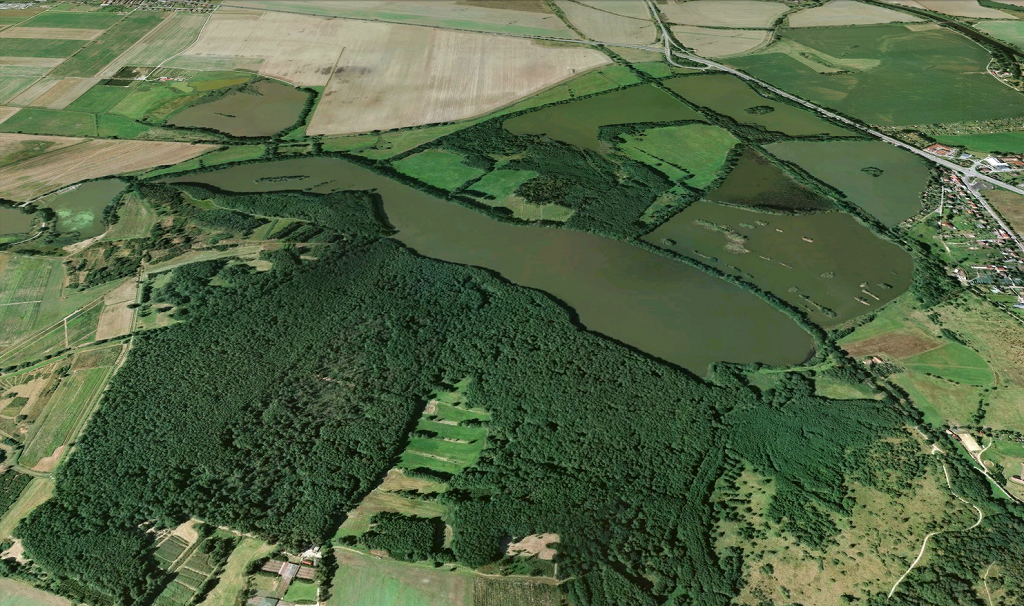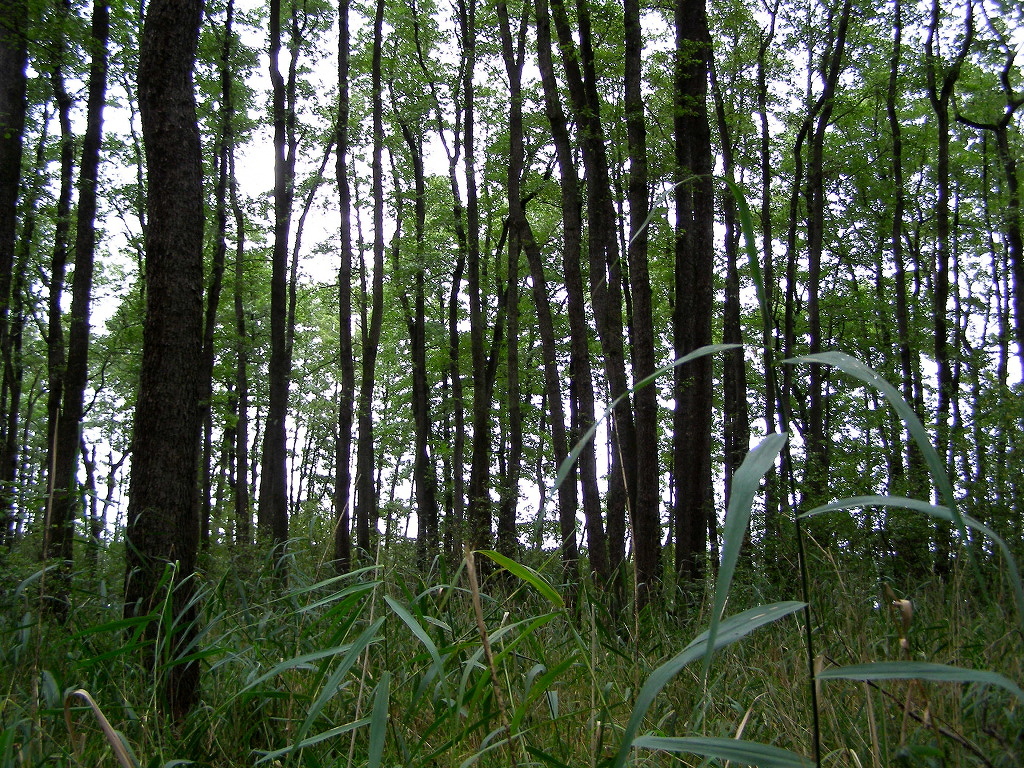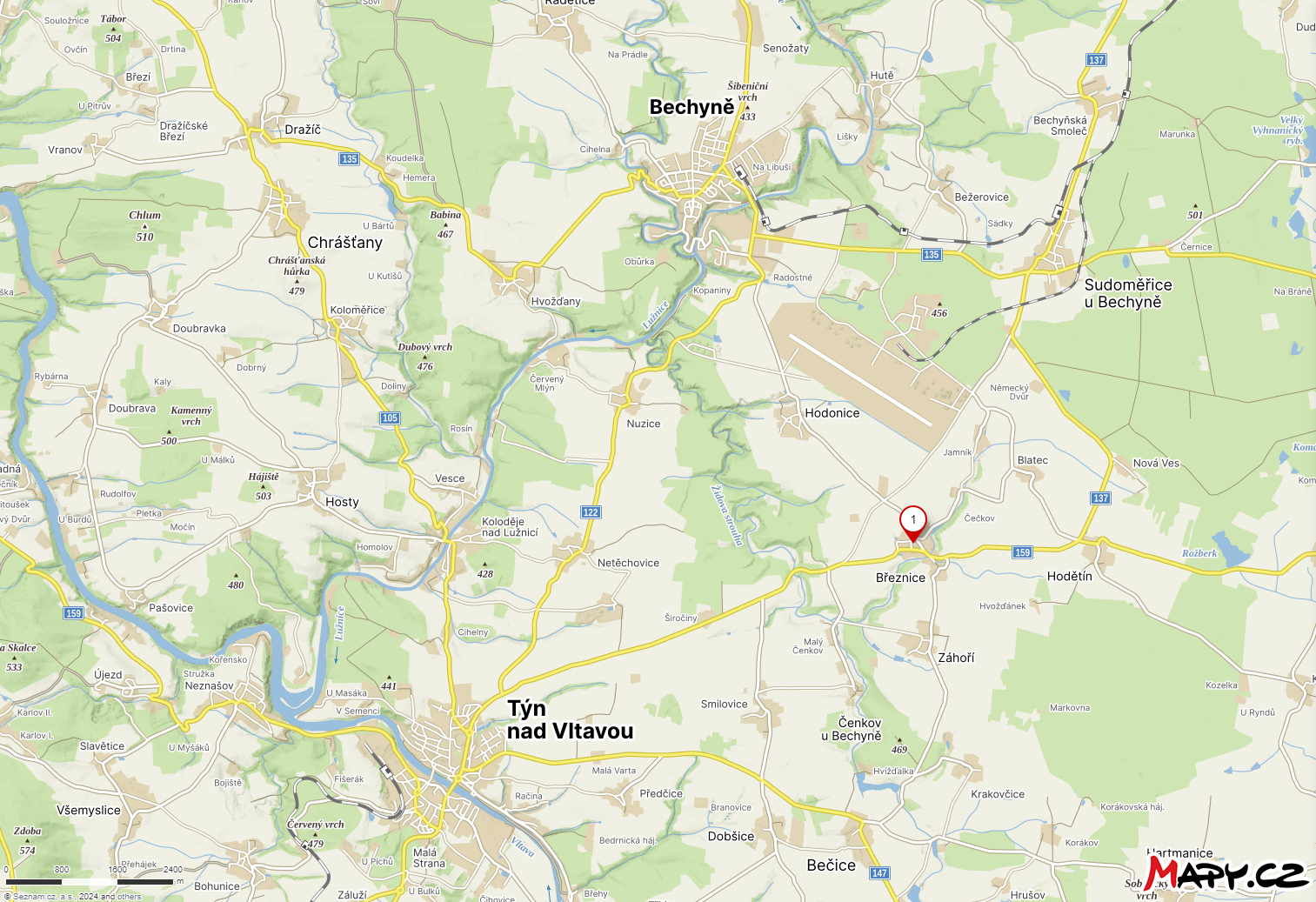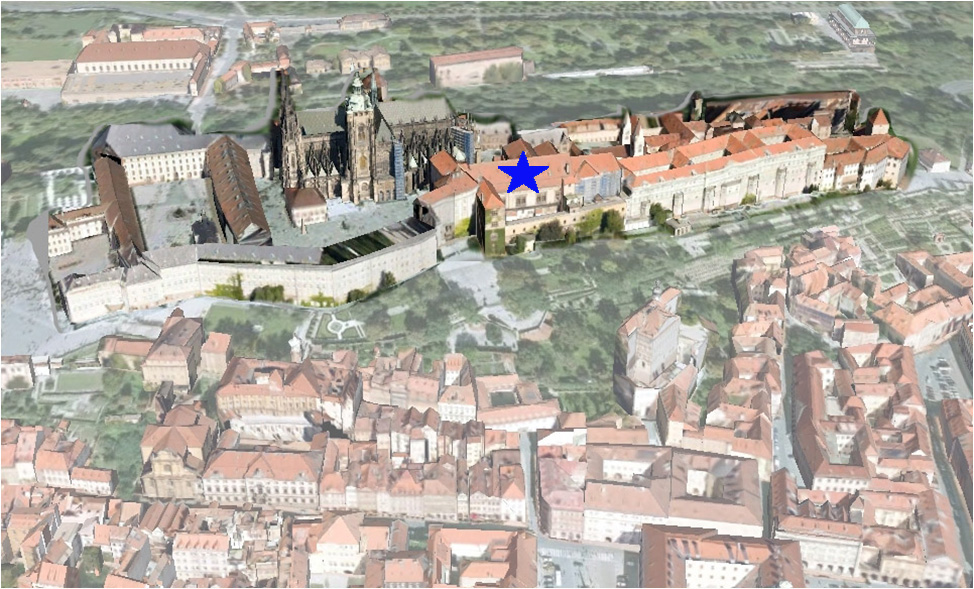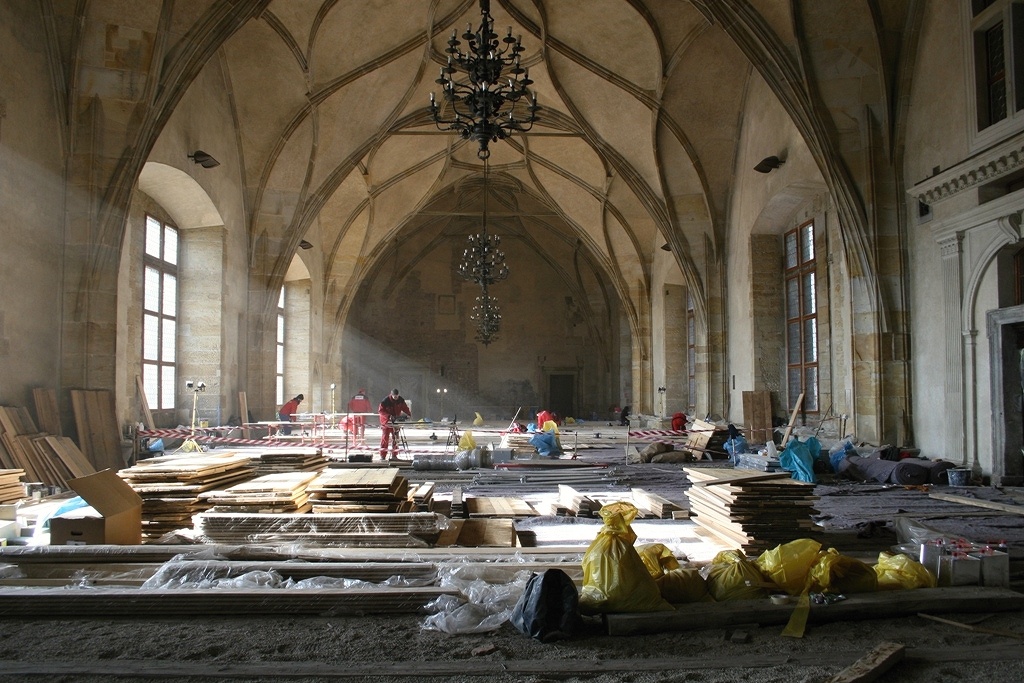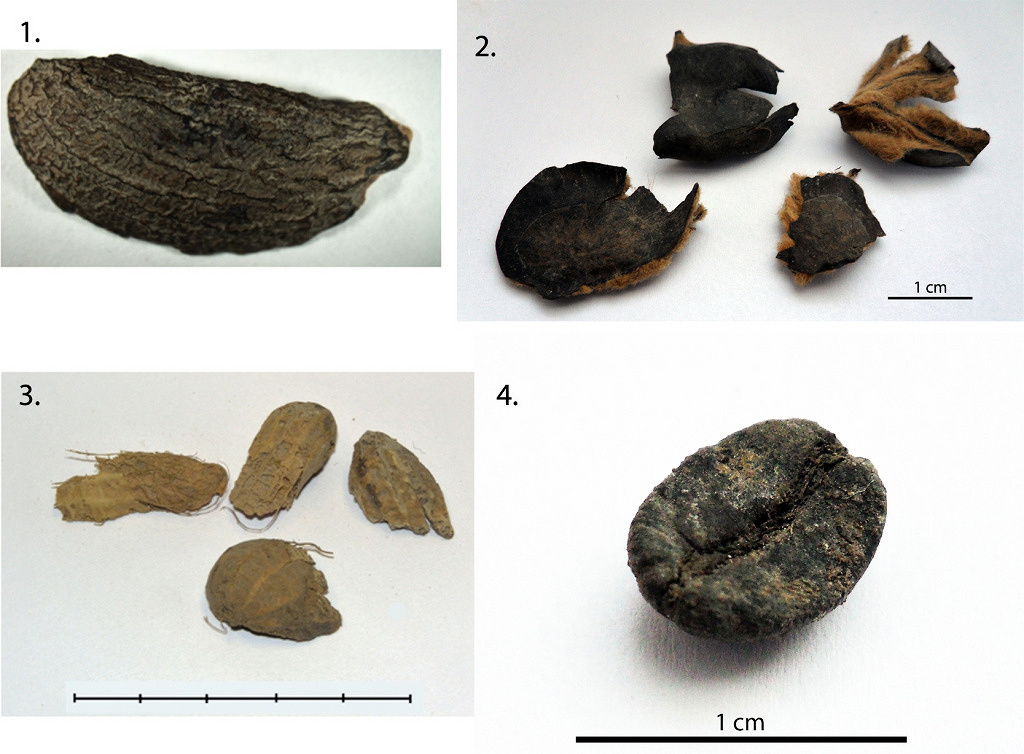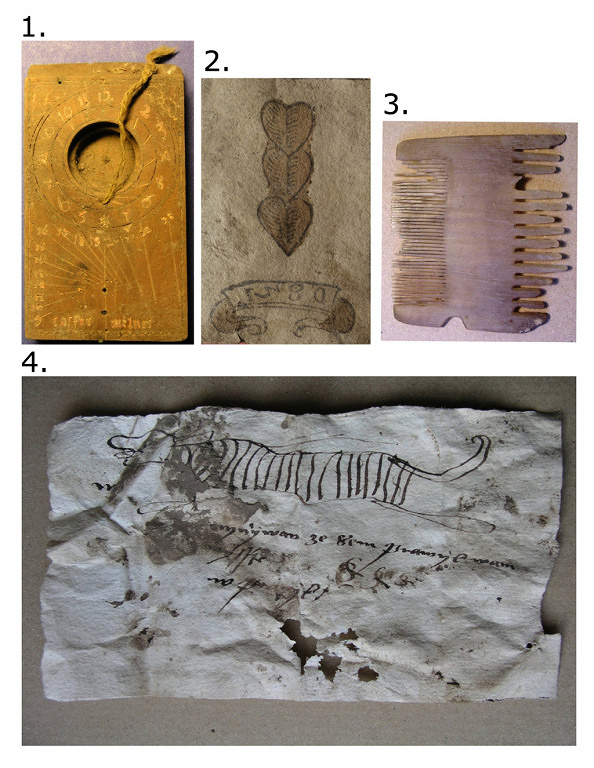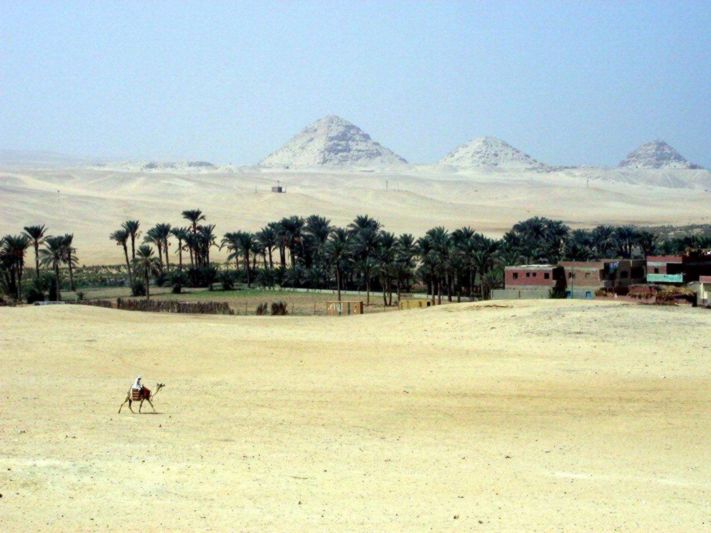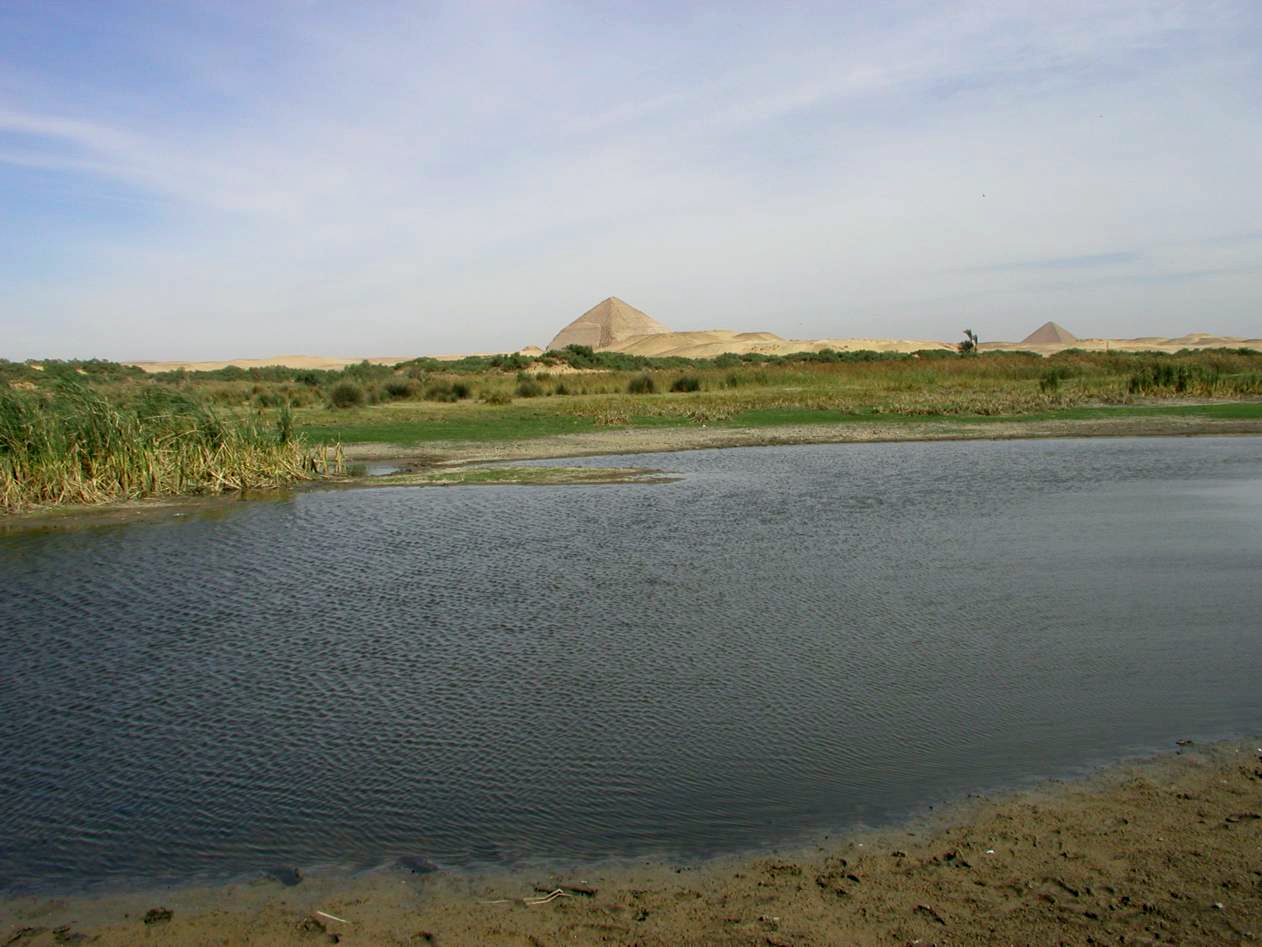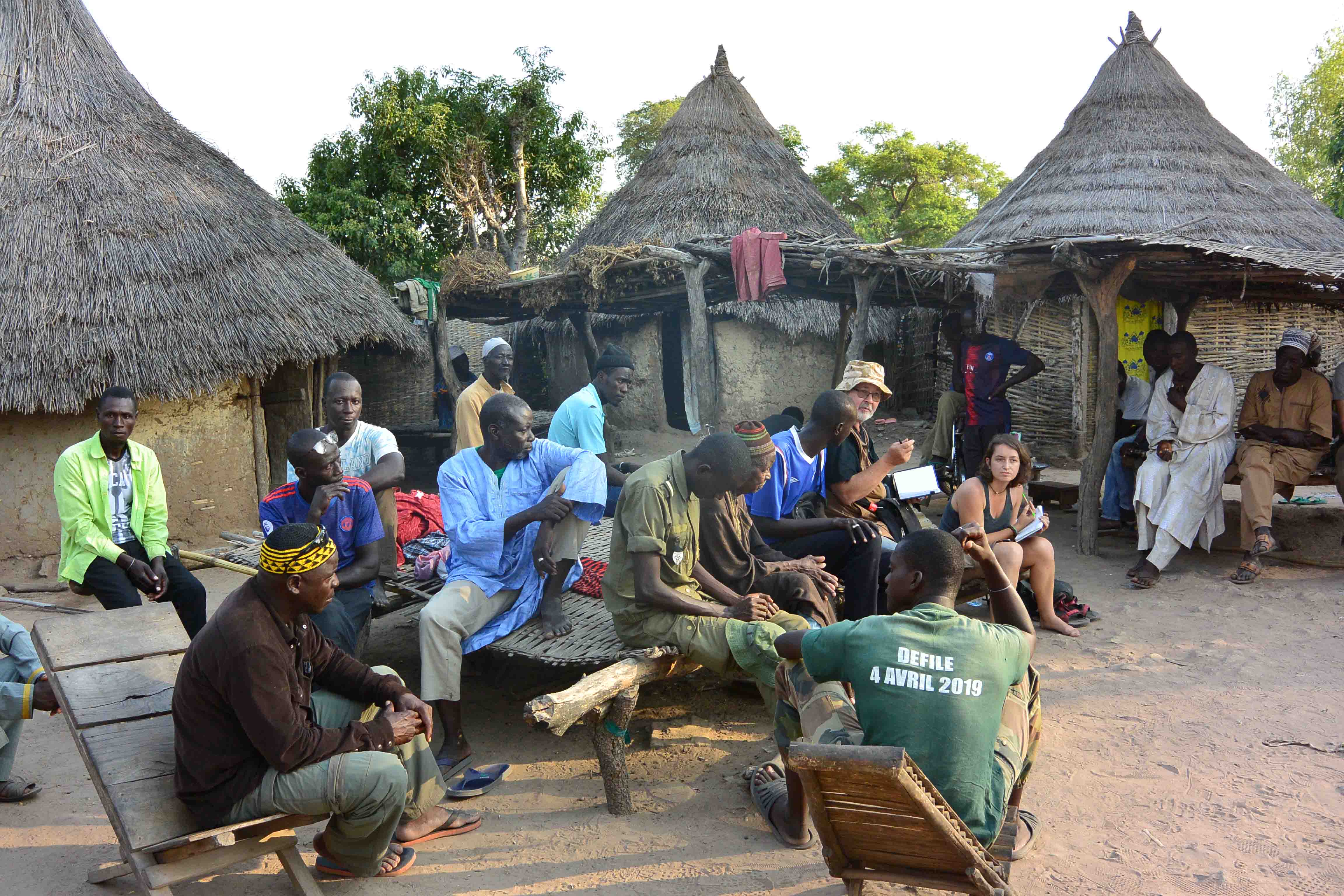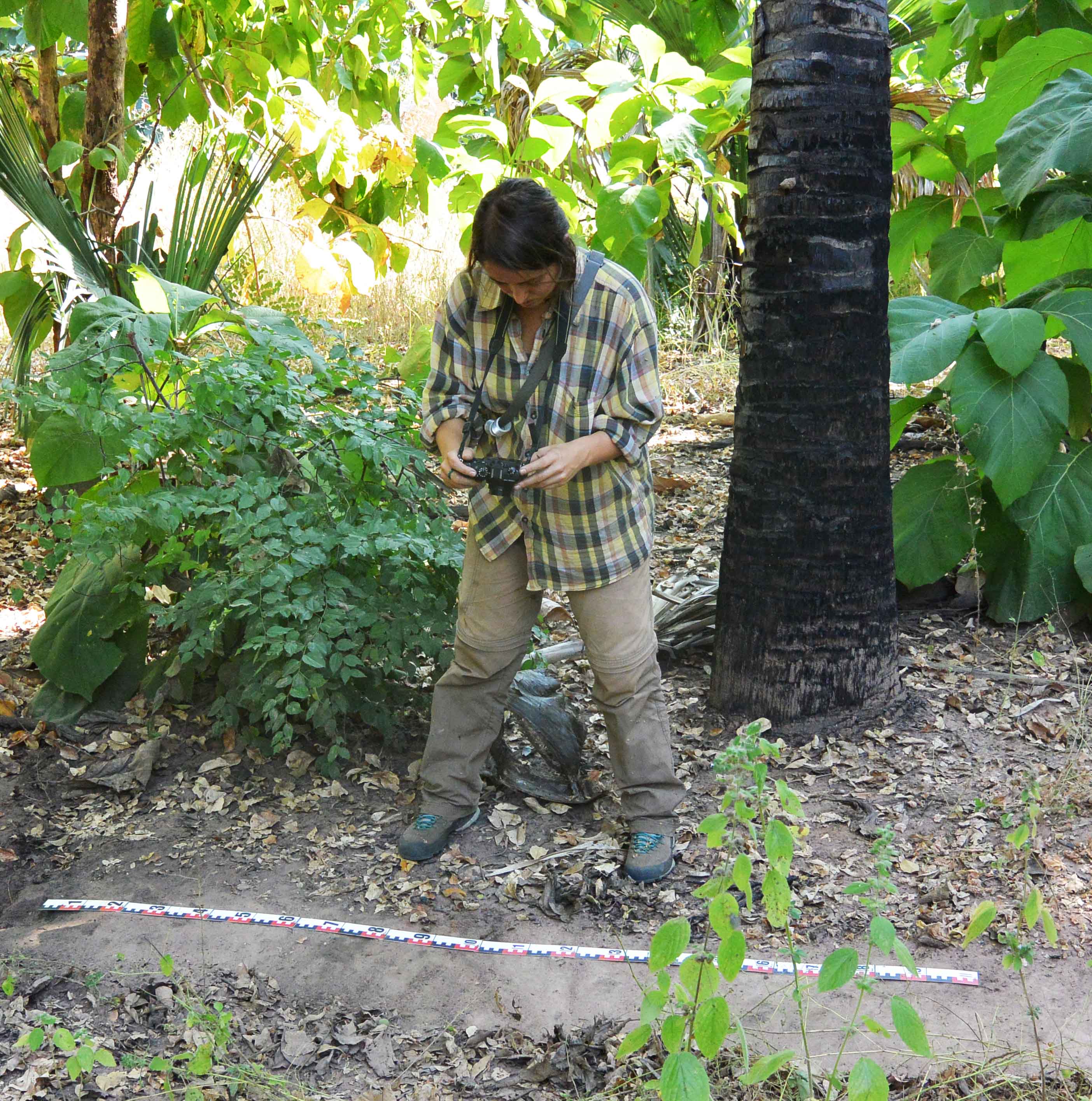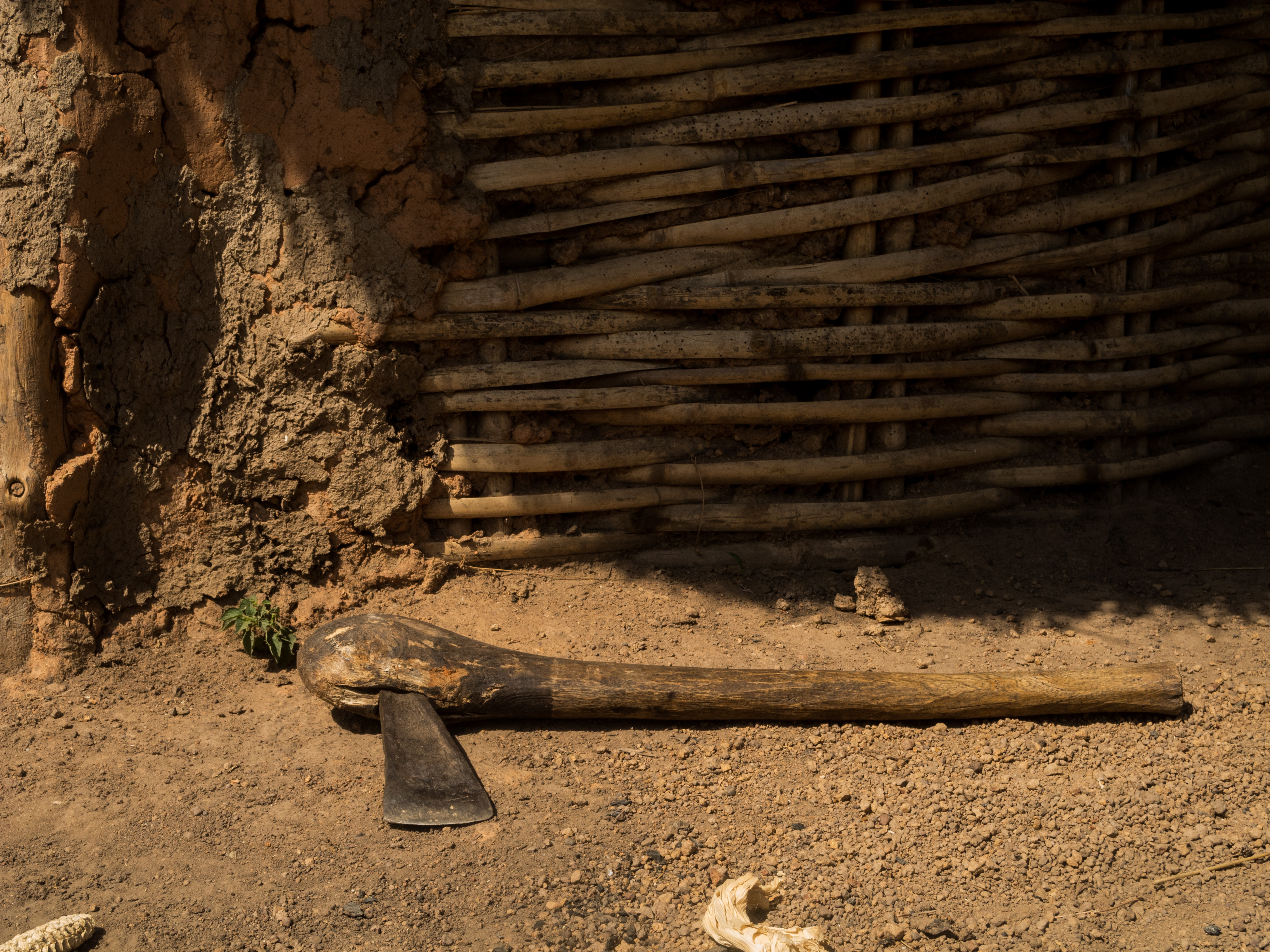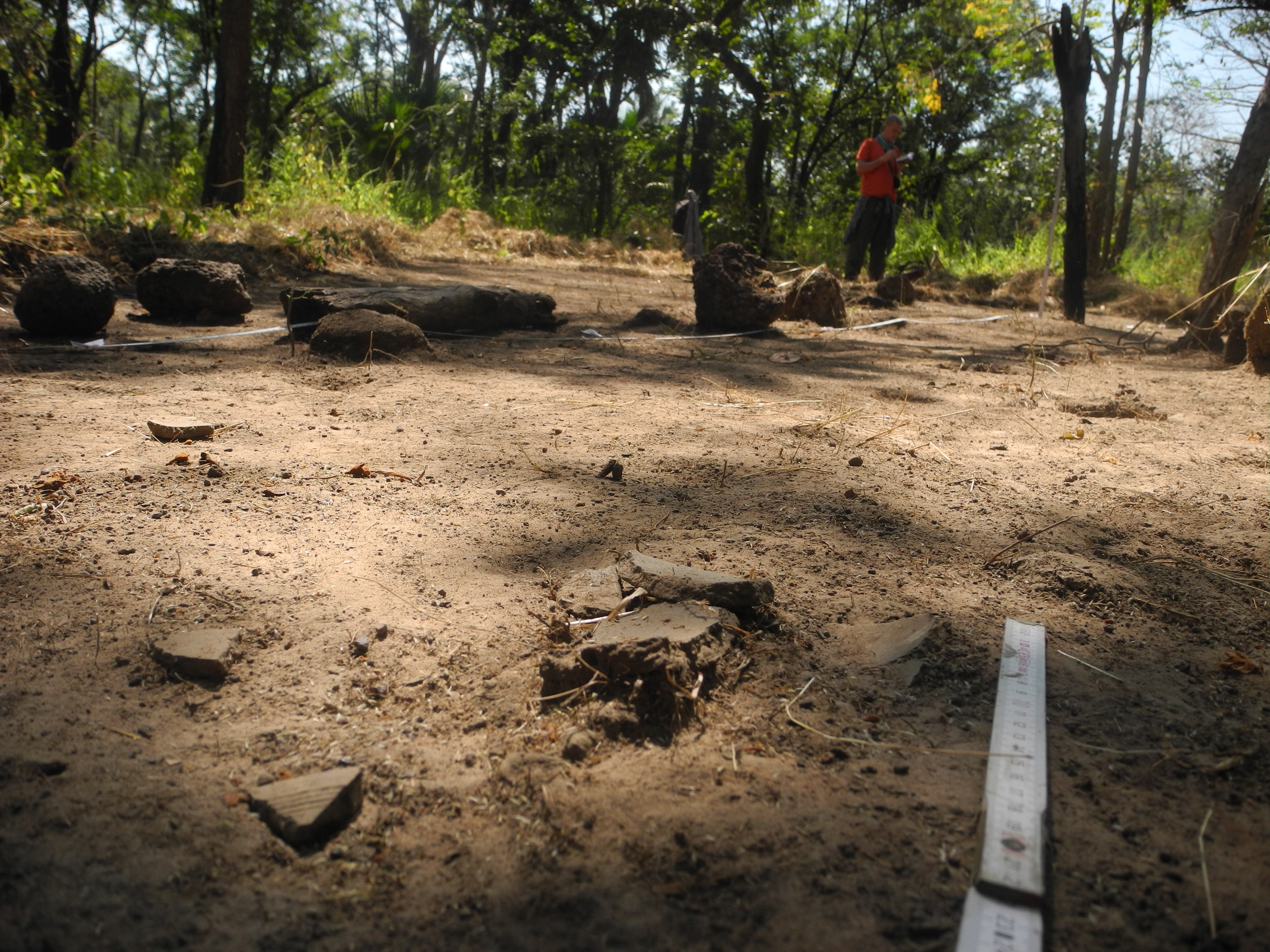On the basis of § 48-50 of Act No. 111/1998 Coll. on Higher Education Institutions, I hereby declare the conditions for admission to study in the cross-border Bachelor’s programme Biological Chemistry at the Faculty of Science, University of South Bohemia in České Budějovice (hereafter FSci USB) in collaboration with Johannes Kepler University, Linz, Austria.
- Number of admitted applicants
|
Programme
|
Field of study
|
Number of students admitted
|
|
Biological Chemistry
|
Biological Chemistry (study in English in co-operation with Johannes Kepler Universität, Linz)
|
20
|
- Important dates in admission process
Applications must be submitted by 31 March 2025. Evidence of attainment of full secondary or full secondary vocational education must be received by 17 June 2025, 11:00. The entrance examination will be held on 17 June 2025 and an alternative date of 21 June 2024.
- Submission of applications
Applications are to be submitted in electronic form (https://www.jcu.cz/uchazec-o-studium/e-prihlaska). Mandatory attachments to the e-application is a copy of proof of payment of the admission fee, unless the applicant has completed payment by credit card directly from the application webpage and transcript of the records. Documents may be added to the e-application even after its submission, but if they are not delivered by the deadline specified in paragraph 2, the application will be excluded from the admission procedure. The necessary details for payment of the fee are set out in Article 6 of this measure.
- Criteria for acceptance
In addition to passing the entrance exam, applicants for admission to the programme must meet the following requirements:
- Completion of full secondary or full vocational secondary education - proof of attainment completion of this education (an officially verified copy of the school-leaving certificate and transcript of the records; in the case of foreign applicants, validated documents proving the completed level of education and completed courses; the faculty reserves the right to request higher forms of verification or nostrification) must be submitted to the Department of Student Affairs FS USB by 16 June 2023, 11:00 AM (in person at the Department of Study Affairs FS USB or by mail to the address of the Department of Study Affairs FSci USB, Branišovská 1760, 370 05 České Budějovice - the delivery date is decisive).
- The applicant's grade point average in MINT/STEM subjects (mathematics, computer science, biology, chemistry, physics) for the entire secondary school studies is 2.5 or better, or a GPA (grade point average) score of at least 50%.
Subject to the above conditions, candidates who satisfy the requirements set out in Article 4.1 or Article 4.2 may be admitted up to the number set out in Article 1 of this Decision. The ranking of candidates will be established in accordance with the rules set out in Article 4.3.
A candidate applying for a Bachelor's degree programme in which he/she is already studying at the FSi USB cannot be admitted to this programme.
4.1 Entrance examinations
The entrance exam is held on site. The entrance exam takes the form of a written test in chemistry, mathematics verifying knowledge at grammar school level and English verifying the applicant's ability to study in English. The Chemistry and Mathematics exam can be replaced by a certificate from the National Comparative Examinations in these subjects or exams independently organised by SCIO (https://www.scioexams.com). The English exam can be replaced by the submission of a certificate at B2 level or above, which will be assessed by the FSci Languages Department. Applicants from Australia, Canada, New Zealand, the United Kingdom of Great Britain and Northern Ireland and the United States of America are not required to take the English language examination. The language certificate, if applicable, must be submitted at the latest together with proof of completion of secondary education.
Applicants who do not obtain a score of at least 50 % in any of the tests will not be admitted.
4.2 Other admission methods
Applicants who meet at least one of the following conditions may be admitted to study without an entrance examination:
a) Participation at the nationwide round of the secondary school competition (Olympiad) in any of the natural sciences (Biology, Chemistry, Physics) or Mathematics which took place in the Czech Republic; the application form must be enclosed with an authorized copy of the document confirming placing;
b) Participation at the International Field AP (Advanced Placement) examination organised by the College Board with a score of 5-3;
c) Participation at any Olympiad focused on natural sciences in categories corresponding to the 1st to 4th grade of secondary school who repeatedly (i.e., at least twice which took place in the Czech Republic; the application form must be enclosed with an authorized copy of the document confirming placing;
d) Participation at the MATEMATIKA + tests organized by the Center for the Evaluation of Educational Outcomes (CERMAT) with a result of 1 to 2;
e) Achieving a percentile of 70 or better in chemistry and mathematics in tests administered as part of the National Benchmark Examinations or independently administered by SCIO (https://www.scioexams.com) no older than one year.
For admission under (a) - (e) of this Article, the applicant must deliver certified copies of the documents proving that the relevant condition has been met together with the application for waiver of the entrance examination to the Study Department of the Faculty of Science by 25 April 2025.
4.3 Entrance examinations
If the number of applicants exceeds the limit set for individual fields of study in Par. 1, the criteria for admission will be (in descending order):
- Applicants fulfilling the conditions set out in points (a) to (d) of Article 4.2 of this Decision;
- Applicants fulfilling the conditions under point e) of Article 4.2 of this Decision, together with candidates whose score in the entrance examination tests will be at least 70 %, ranked according to the percentile achieved, or the percentage score achieved in the entrance examination;
- Applicants whose score in the entrance examination tests will be less than 70 % but greater than or equal to 50 %, ranked according to the percentage score achieved in the entrance examination; if the entrance examination consists of more than one test, the arithmetic average of the percentages is used.
- Applicants with special needs
An applicant with special needs (with a disability, chronic illness, or other health problems) has the right to use the support measures and services provided by the university during the entrance examination and, if accepted, also during their study. If they wish to assert this claim, they must select the option YES in the column “Consideration of special needs” in the online application form. After fulfilling all the administrative requirements associated with the application for study they will be contacted by the staff of the Support Centre for Students with Special Needs and acquainted with the next steps. More detailed information can be obtained on the centre's website (www.centrumssp.jcu.cz), by email (centrum-ssp@jcu.cz) or by telephone (00420 389 036 026). It is also possible to consult with the staff of the centre about the suitability of choice of a study programme before submitting an application for study.
- Entrance proceedings fee
The admissions fee is CZK 700.
Bank: ČSOB
Account No.: 104725778 / 0300
Identifier used for domestic payments (“Variabilní symbol”): 6020106
Specific code (“Specifický symbol”): the number of the electronic application form generated by the electronic registration system (foreign applicants must also add their name + surname).
The application fee may be paid by the applicant by bank slip, bank transfer, or through the JU payment gateway.
For payments from abroad:
BIC: CEKOCZPP
IBAN: CZ20 0300 0000 0001 0472 5778
Bank: ČSOB
- Decision of admission/ non-admission
A written decision of admission or non-admission will be sent to every candidate immediately after an evaluation of the overall order of the candidates has been made (late June – early July). If the candidate does not agree with a decision of non-admission for study, they have the right to request that the Dean review the decision, this request is to be submitted to the Dean within 30 days of the decision being delivered. If the Dean refrains from changing the decision, the request is to be passed on for review by the Rector of the University of South Bohemia in České Budějovice. The decision of the Rector is final. A request for a review of the decision may only be justified by a statement that there was an incorrect evaluation of the fulfilment of the conditions detailed in Paragraphs 3 and 4. In all other cases, the request for review is considered as unjustified. In order to attain the necessary material for their argument, the candidate has the right to examine the documentation used by the Dean in making the decision. The candidate, however, does not have the right to examine the documentation of the other candidates or the records of the panel.
- Final provisions
The Czech language version of this Decision is binding for the admission procedure.
These conditions for admission to study on the Bachelor’s study programme of Biological Chemistry at FSci USB were approved by the Academic Senate of FSci USB on 30 October 2025.
České Budějovice, 31 October 2025
prof. RNDr. František Vácha, Ph.D.
Dean of the Faculty of Science USB





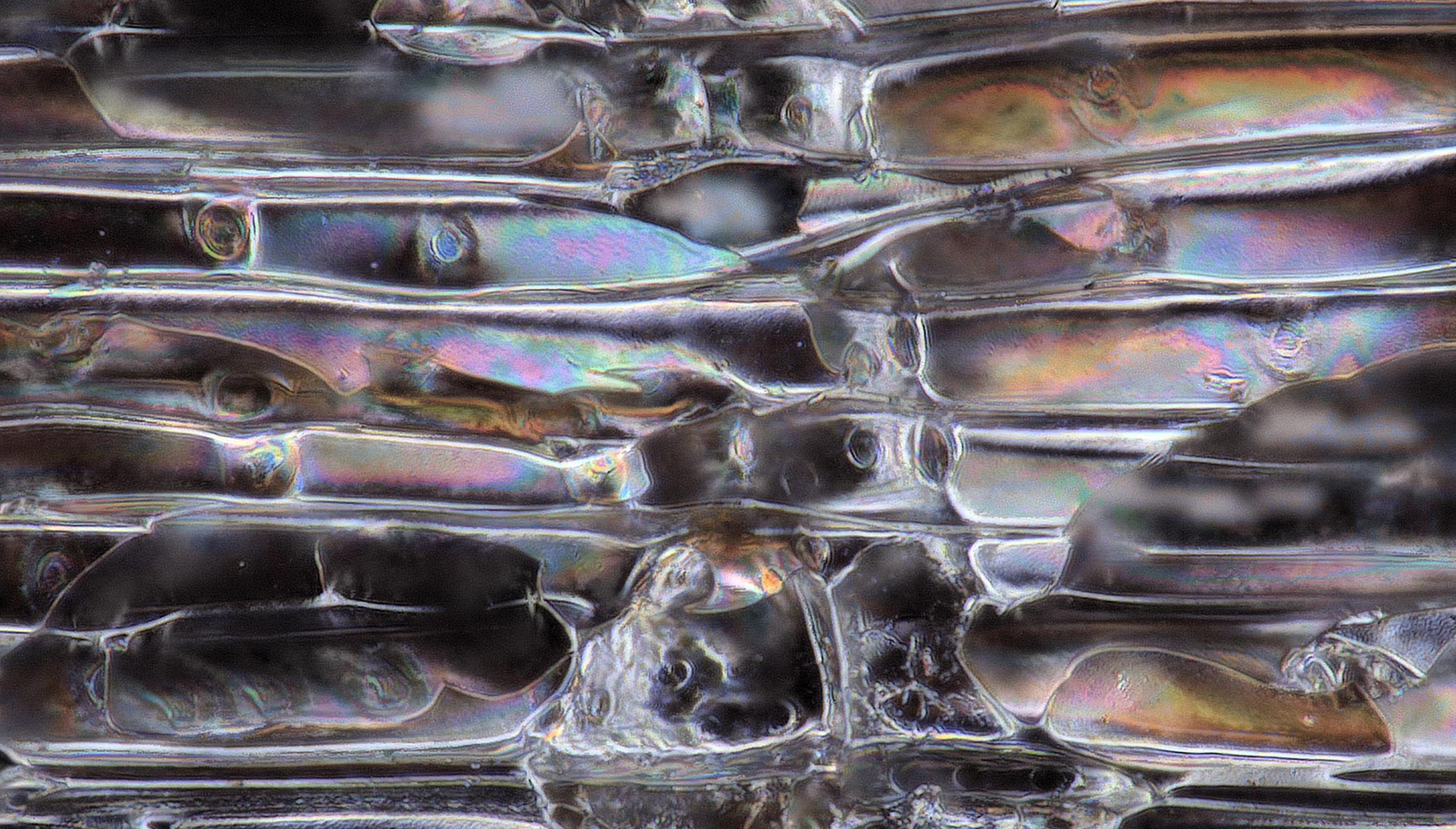
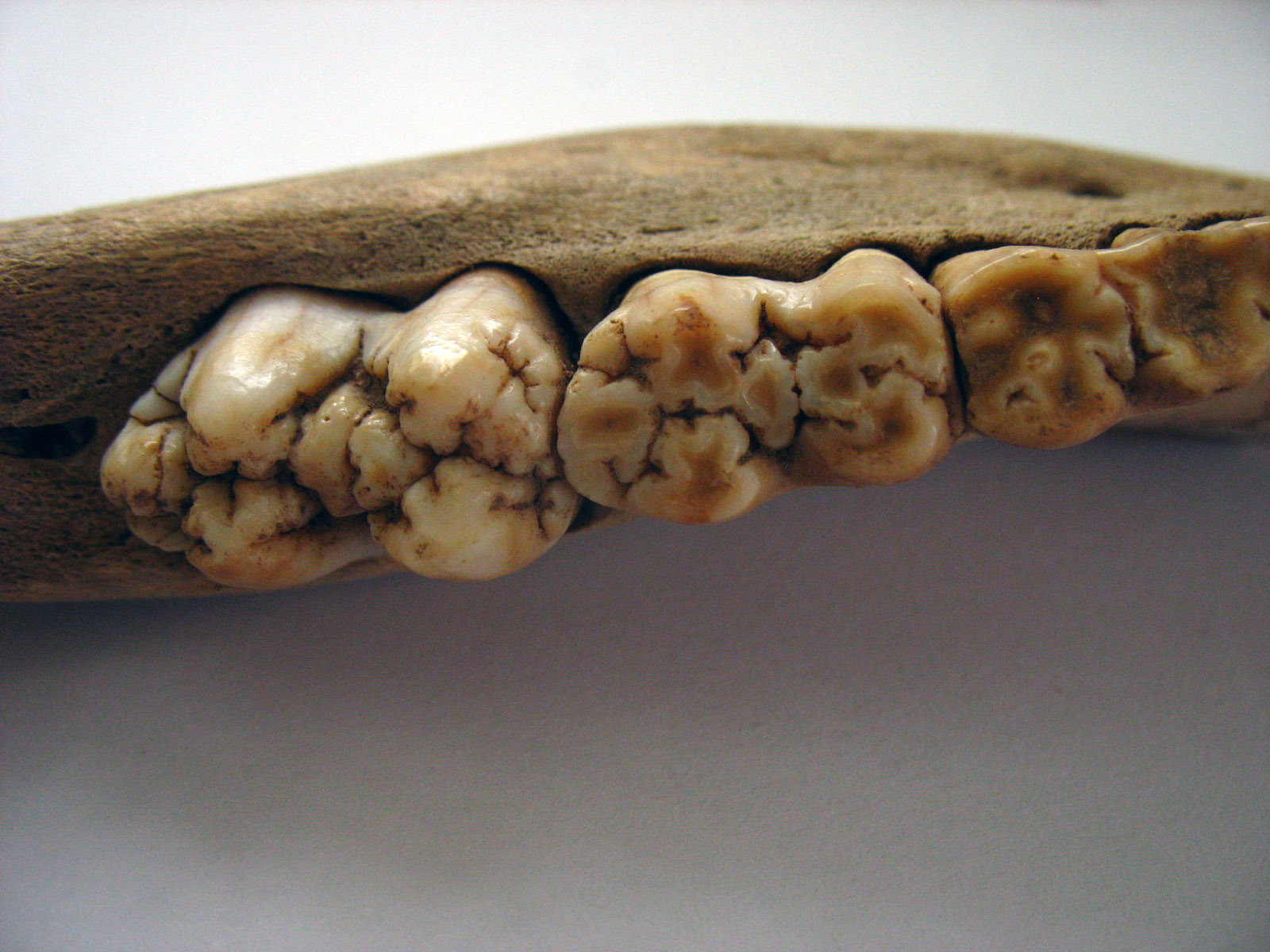
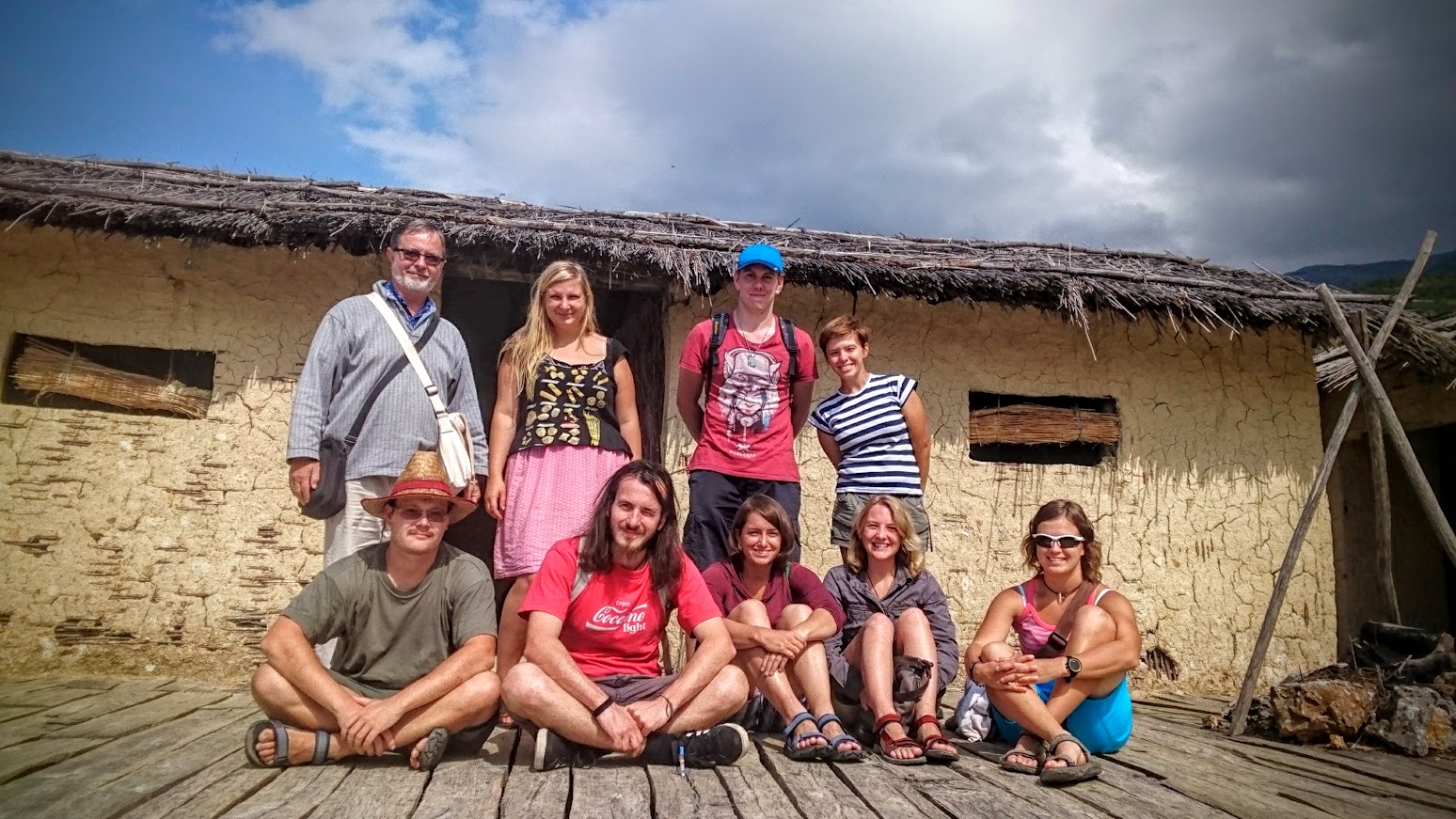
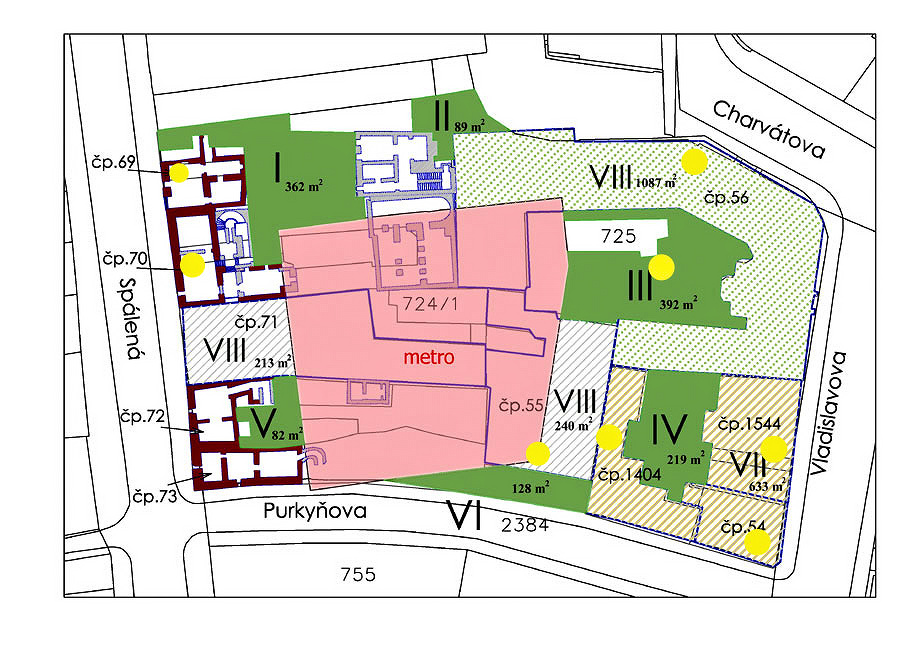
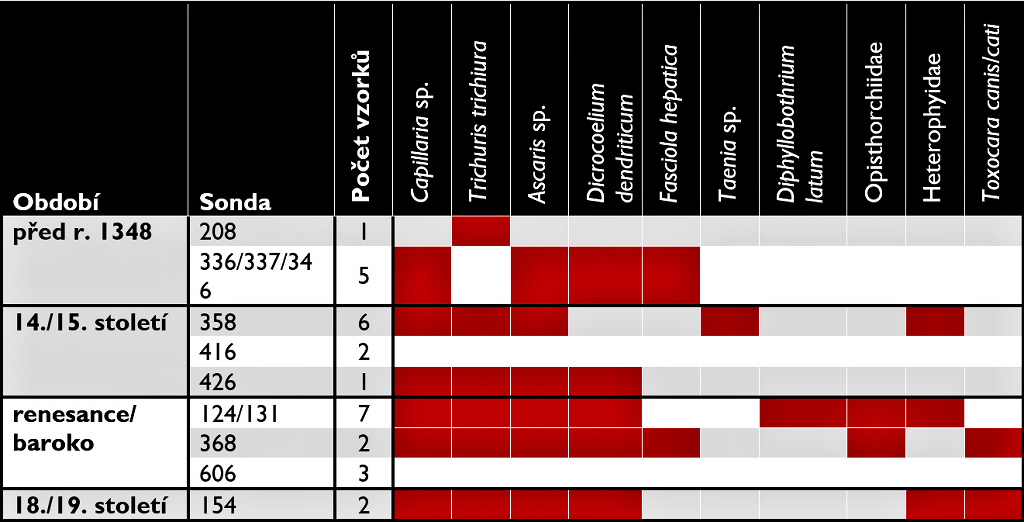
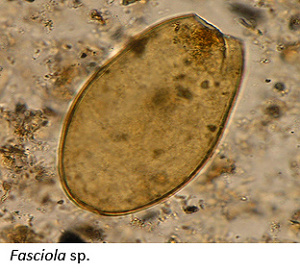
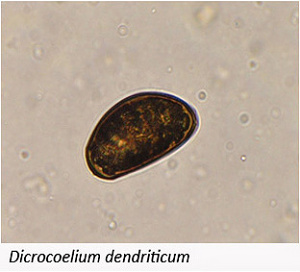
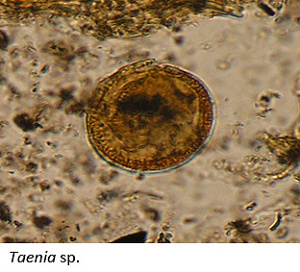
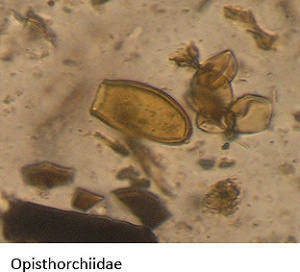
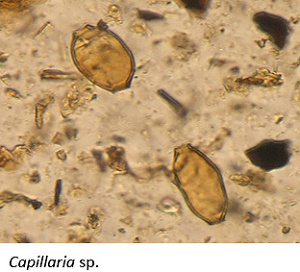
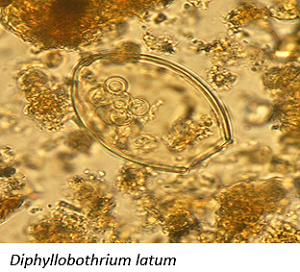
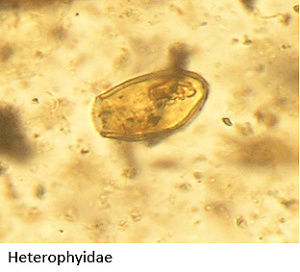
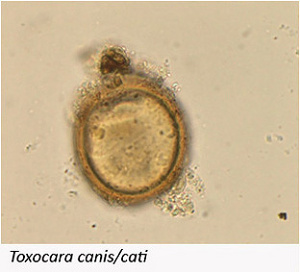
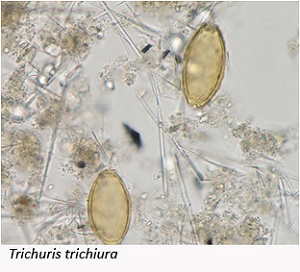
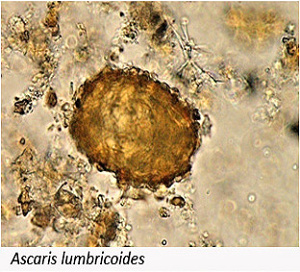
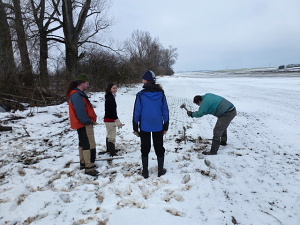
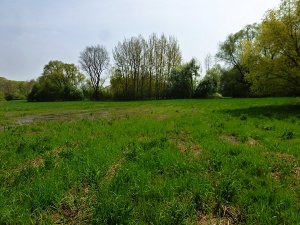
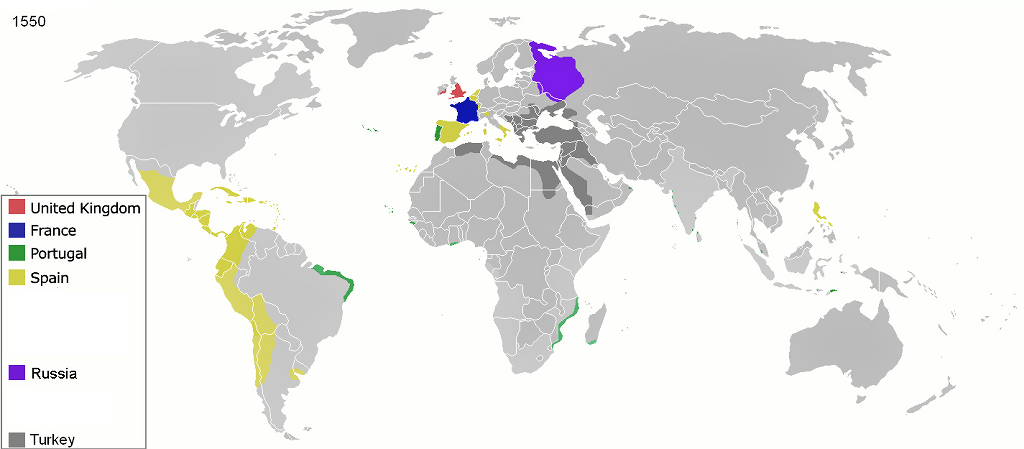
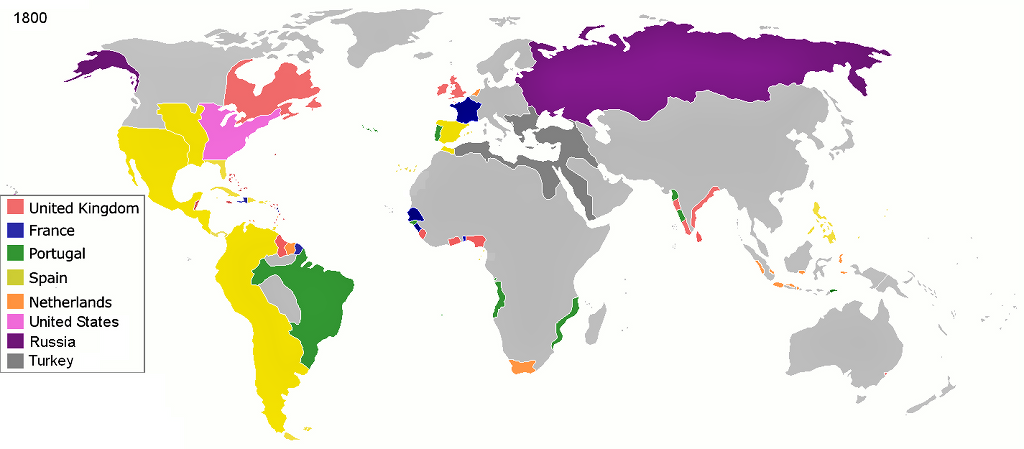


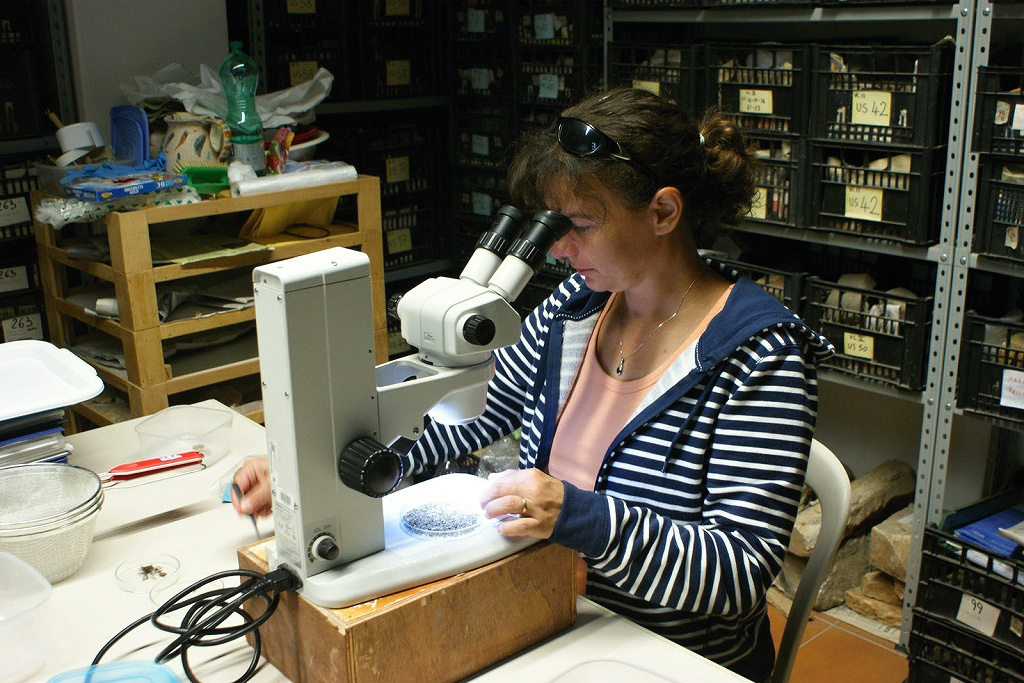
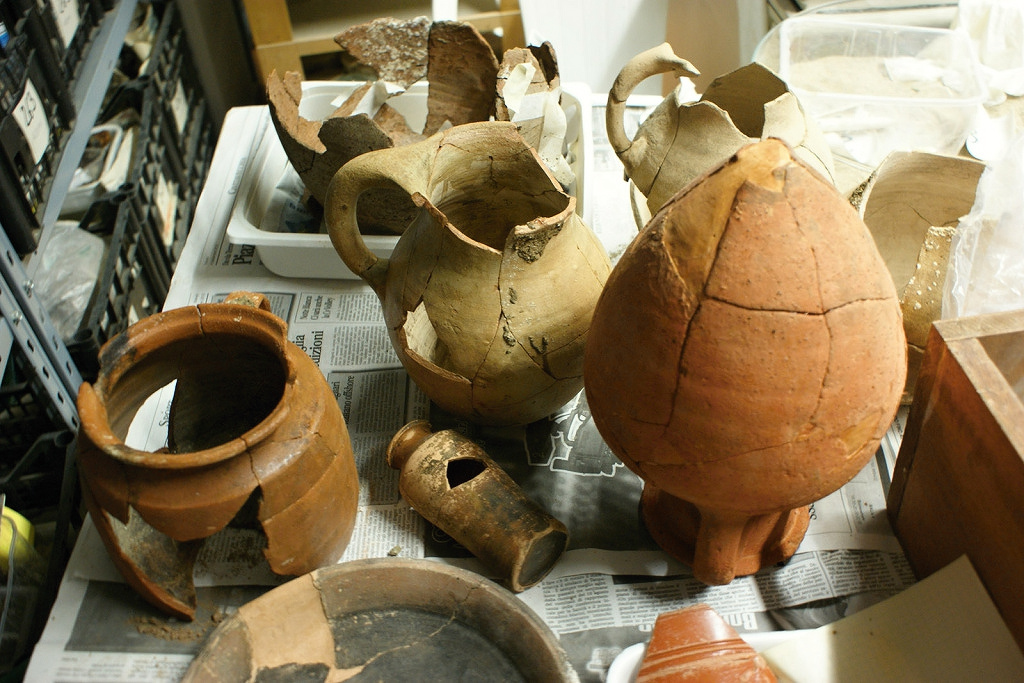 Ceramic vessels from the Etruscan period from the well whose contents we are analyzing.
Ceramic vessels from the Etruscan period from the well whose contents we are analyzing.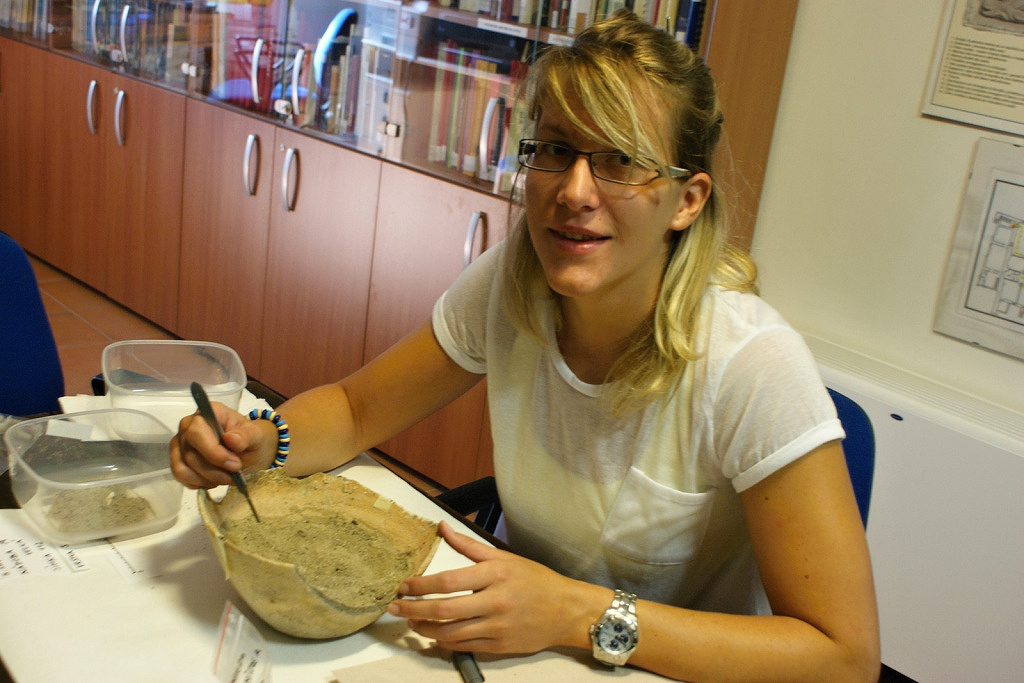 Klára Paclíková analyzes the sediment of one of the vessels with a preserved filling.
Klára Paclíková analyzes the sediment of one of the vessels with a preserved filling.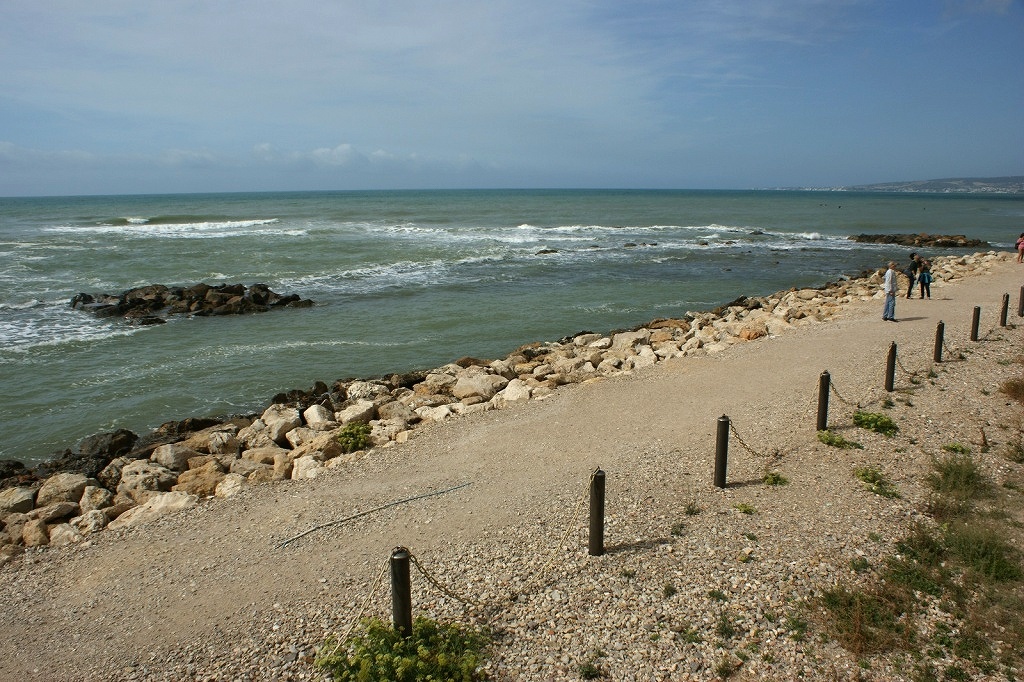 The ruins of the extinct Etruscan port of Pyrgi are located partially below sea level.
The ruins of the extinct Etruscan port of Pyrgi are located partially below sea level.
